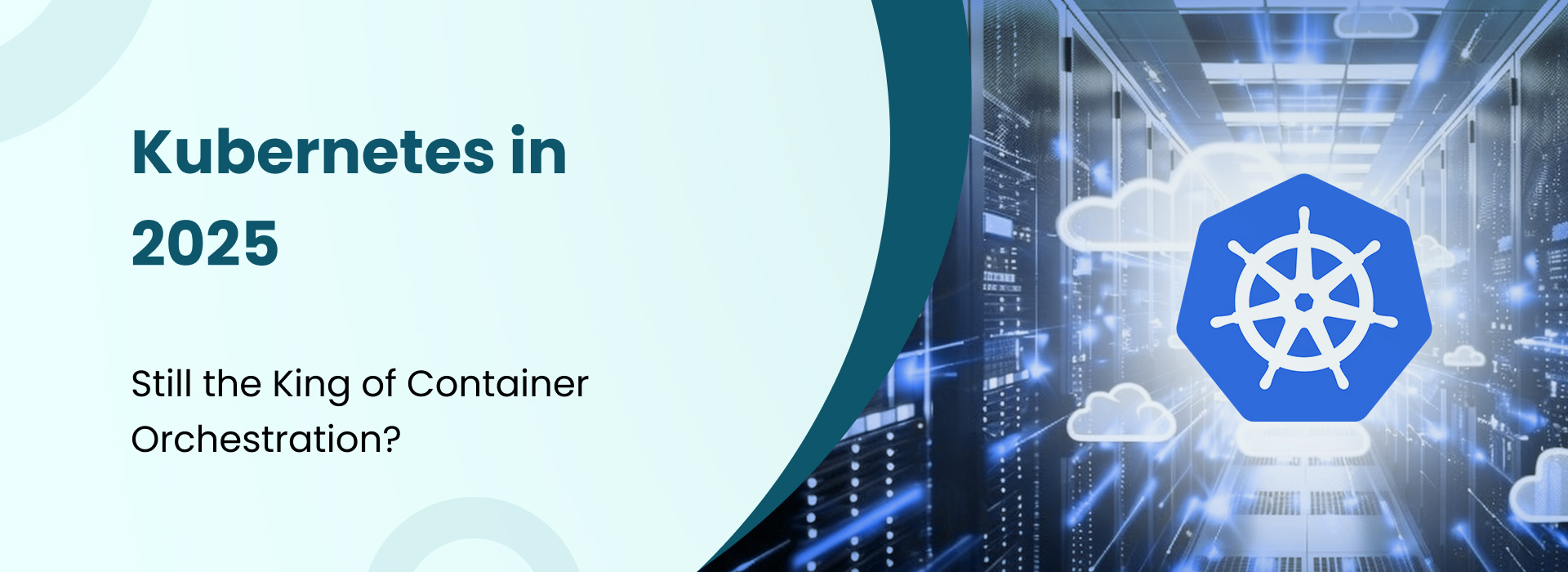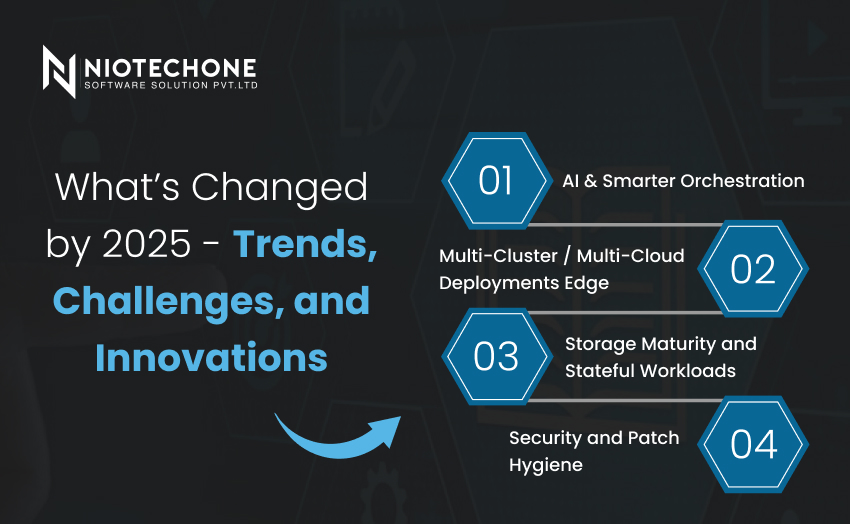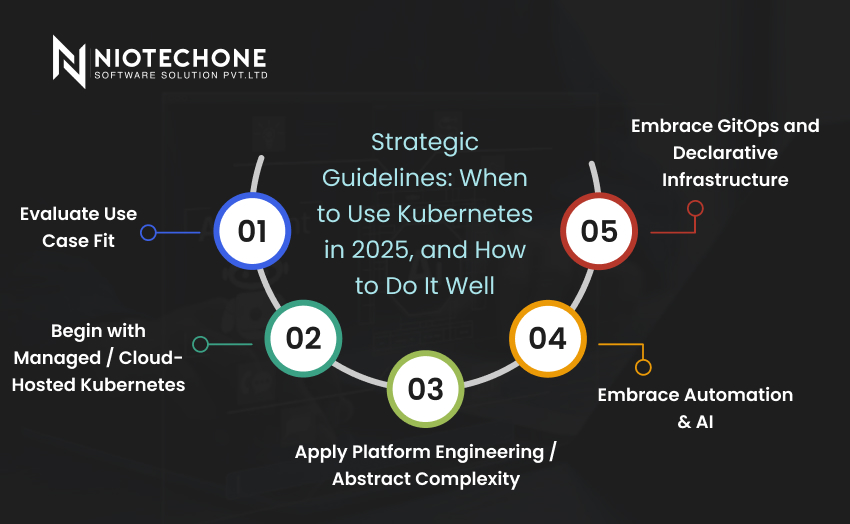Kubernetes has several advantages to businesses:
Scalability: Automatically scales workloads according to traffic or performance requirements.
Portability: Works well in various cloud environments.
Resilience: Enables auto-healing, rolling updates, and self-repairing clusters.
Efficiency: Maximizes infrastructure expenses through the effective use of container resources.
Automation: Works with CI/CD pipelines to speed up development and deployment.
In the case of a software development firm in Rajkot, these features are used to create high-performance and future-ready enterprise solutions.














